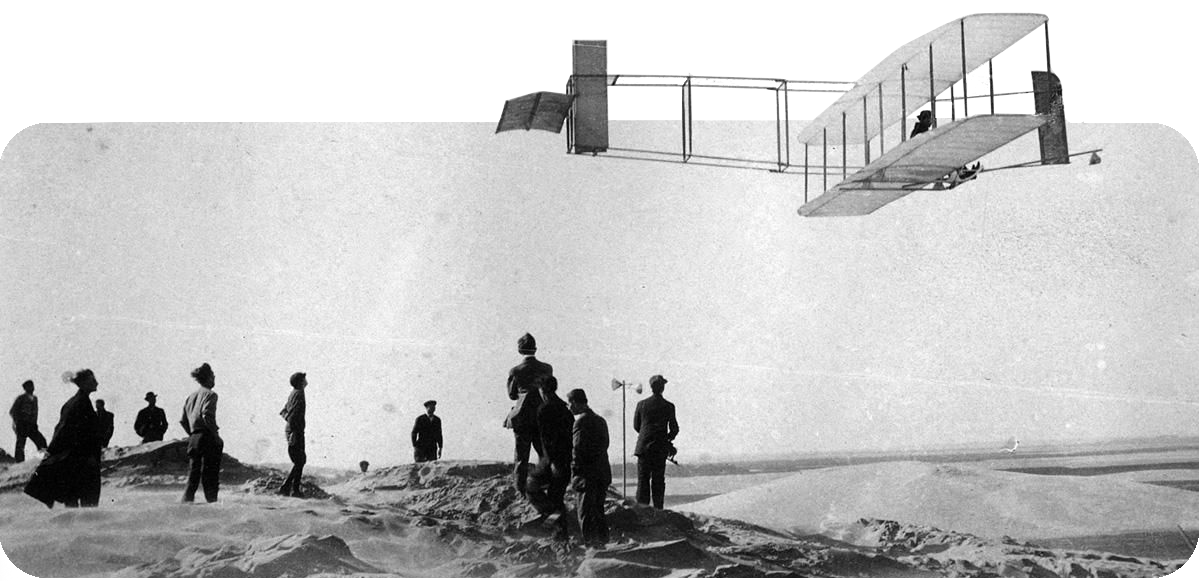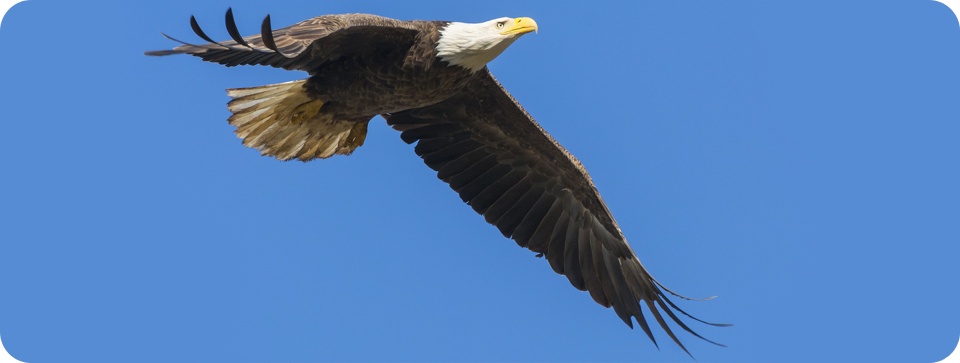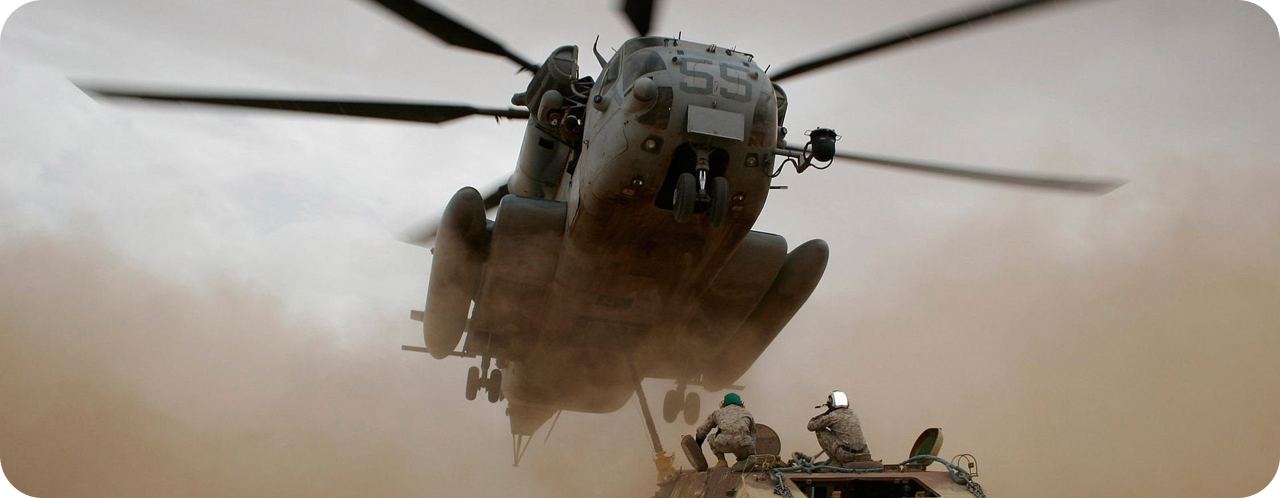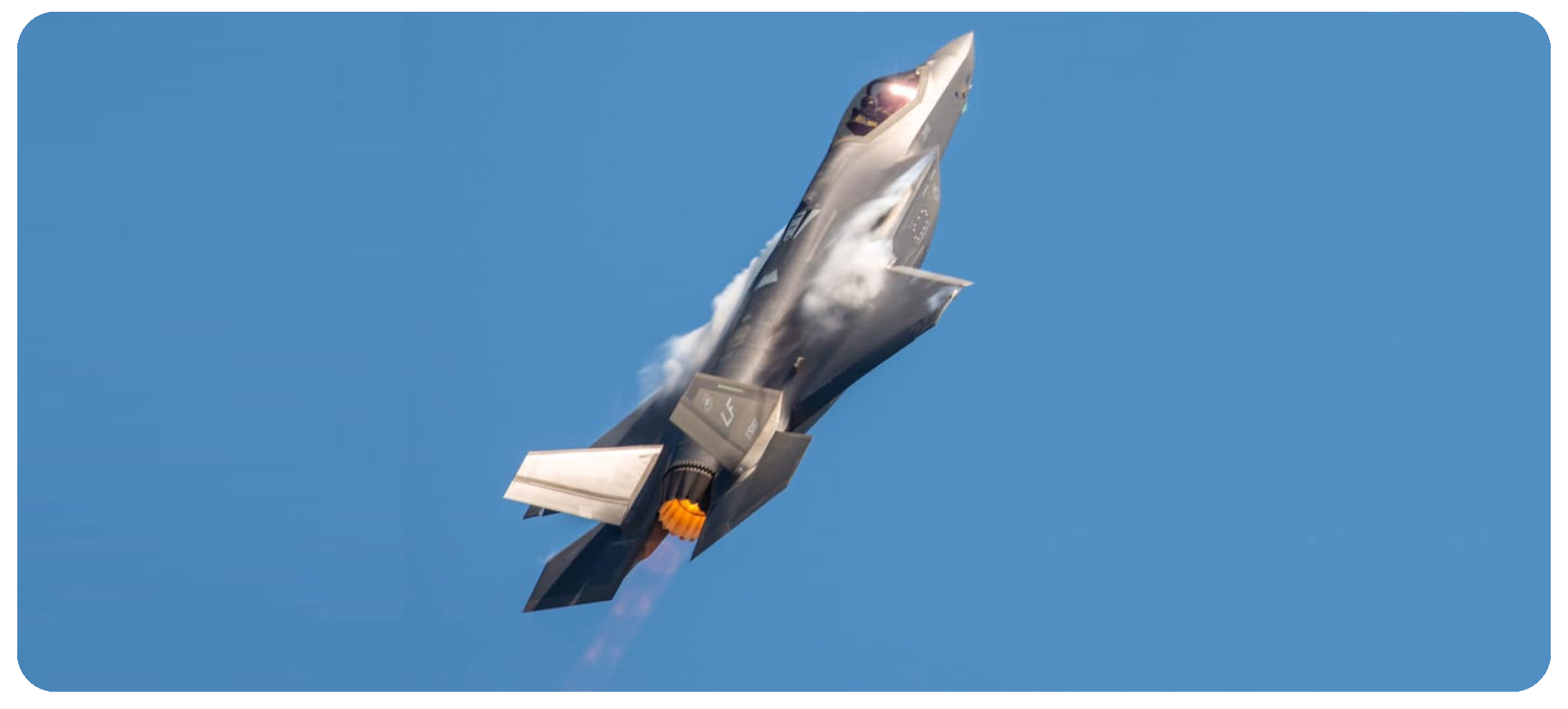Wing I - Background #
This article is still a work-in-progress. Check back soon for a completed version.

1911 Wright brothers’ flight. Photo courtesy of ECU Joyner Library Digital Images Collection.
Introductory Thoughts #
All throughout the second millennia inventors tried unsuccessfully to achieve flight, imagining up all sorts of contraptions to take to the heavens. Now, modern day aircraft can easily transport thousands of individuals halfway across the world in a single trip. The adoption & development of the fixed wing airplane has been the catalyst for this incredible progress.
Heavier-than-Air Flight #
At the most basic level, to get an object from point A to B via powered flight requires both lift and propulsion.

Even so, there are many ways to achieve this, with each method having its own merits and drawbacks. However, as far as commercial viability is concerned, the primary metric is energy efficiency (total distance traveled for a given energy input) due to the large expense associated with fuels. When assessing the options with this criteria, there is a clear standout, but it is still worth reviewing all of the primary options.
Ornithopter #

A Bald Eagle. Unknown photo source.An Ornithopter is an aircraft that borrows natures solution for powered flight; flying via flapping wings. Birds and insects are incredibly light, so flapping their wings allows them to to produce propulsive and lifting forces many times more than their weight, all for a modest energy expenditure.

Unfortunately, this isn’t a scalable solution, and the reason is the square cube law.
As the flapping wing concept is scaled up, the wing increases in weight much faster than it scales in lift. If a wing is scaled to the size that would allow a person to fly, a human would not even be able to produce the power to flap the wing of that size.
Rotorcraft #

Sikorsky CH-53 Sea Stallion. Unknown photo source.
Similar in spirit to a flapping wing, a rotorcraft relies on continuous movement of a surface to move enough air to generate a force. The spinning rotor primarily provides lift, but by inclining the object, a propulsive force can be generated as well. The main benefit of a rotorcraft is that it can hover, allowing a great deal of agility.

Unfortunately, rotorcraft have significant drawbacks that limit their use cases. Rotorcraft have a theoretical maximum speed of only around 225 knots (259mph, 417 km/h). To make matters worse, rotorcraft are very aerodynamically inefficient, producing a great deal of drag for every increment of lift produced.
The inefficiency and low top speeds quite significantly narrow the performance envelope. For example, the first transatlantic flight done by helicopter required 9 in-flight refuelings.
Rocket #

Photo courtesy of Lockheed MartinA rocket uses its engine to produce thrust, a force which pushes the vehicle in the opposite direction the gases are expelled.

However, because a rocket has no dedicated provisions for lift, a rocket can’t truly fly horizontally. If it tried, the thrust would be entirely propulsive, and without nothing counteracting gravity, the rocket would quickly fall out of the sky. Instead, the rocket would have to fly at an angle such that some of the thrust is used to overcome gravity.
So, in short, the rocket motor has to produce thrust to overcome both drag and gravity. This isn’t the worst thing in the world, orbital rockets and intercontinental ballistic missiles can fly between continents, but as far as efficiency is concerned, there must be a better way.
Fixed Wing #

F-35. Unknown photo source.
Finally, there is the fixed wing method. A fixed wing aircraft uses a passive lifting surface that produces lift in proportion to the speed of the flow across it. When an aircraft is equipped with fixed wings, the power-train can be entirely devoted to producing propulsion. Once the vehicle has enough velocity, the wing produces enough lift to raise it off the ground. With increasing velocity, even more lift is passively produced. Besides a modest drag & mass penalty, this massive lifting force comes at a large energy discount. Commercial aviation has been dominated by this concept due to its efficiency.

Summary #
You have an wallet full of a fixed amount of energy, and it needs to be used to get from A to B. How do you spend that money?
- Ornithopter - If you’re a bird or insect, you get a massive discount due to your size. For anything larger, you pay a lot for the lift and propulsion.
- Rotorcraft - You pay a reasonable amount for the lift, but the inefficiency of the propulsion costs you big time.
- Rocket - You pay a reasonable amount for either the lift or the propulsion, but having to pay for both adds up.
- Fixed Wing - You pay for the propulsion, and get the lift for a massive discount.
Concluding Thoughts #
In conclusion, all heavier-than-air flight requires propulsion and lift, but some methods are more efficient than others. With an aircraft with fixed wings, you pay for the propulsion and get the lift almost entirely for free, a massive efficiency boost relative to other methods.